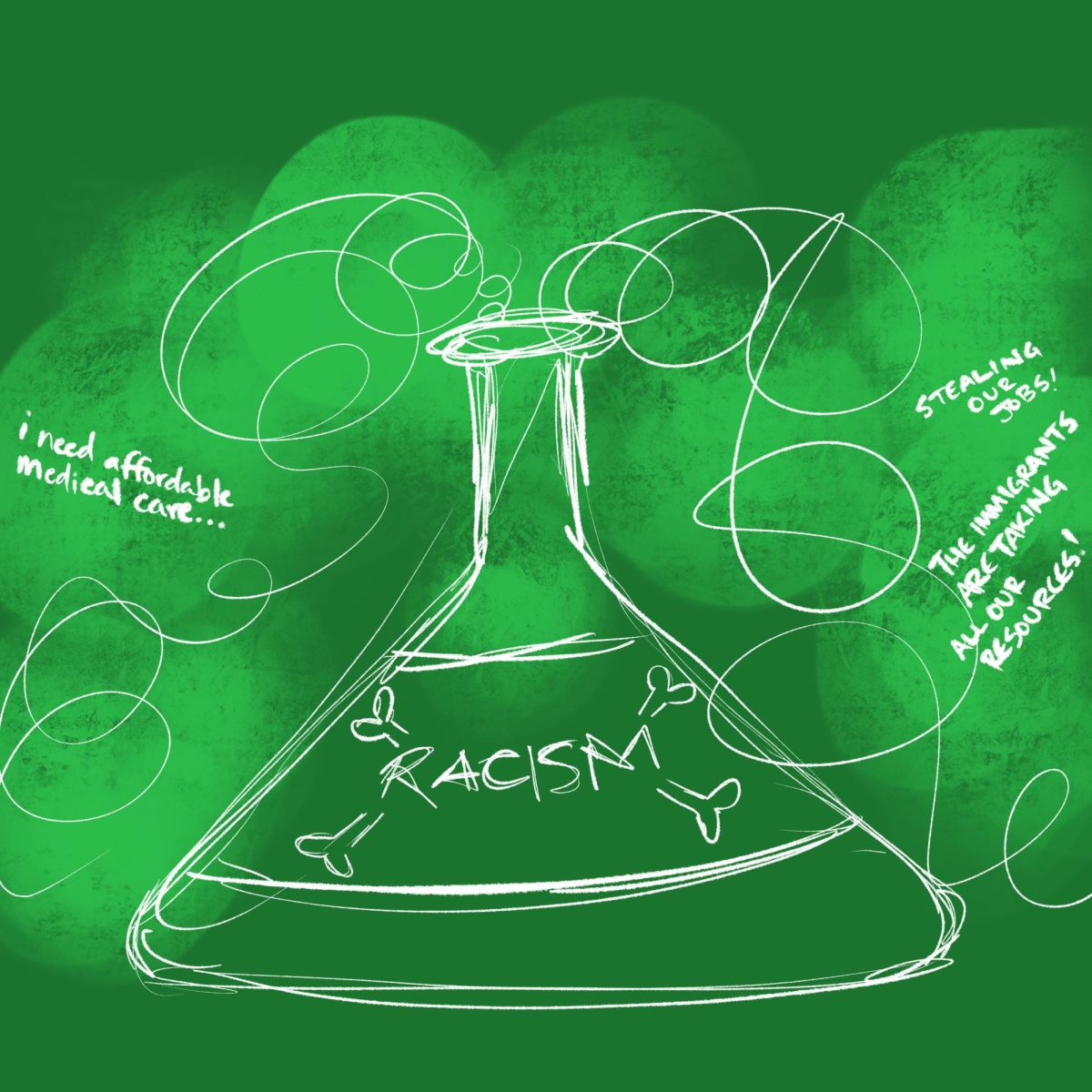‘Stillness’ turns heads
October 21, 2008
What happens when one combines old bed sheets, a coating of latex, a good motor scooter air pump… What happens when one combines old bed sheets, a coating of latex, a good motor scooter air pump and an empty parking lot? For Sean Derry, a Pitt sculpture professor, the answer is simple: Art happens. From Oct. 22 through Oct. 25, on the 300 block of Braddock Avenue, Derry will be displaying what he deemed ‘An Interlude to Stillness.’ Using an abandoned parking lot as his backdrop and the use of homemade air pumps, he will inflate 30 multi-colored automobiles made from recycled bed sheets in the parking spaces of the lot. ‘Ultimately you want people to see it,’ explained Derry. ‘The primary viewers are people moving around the city on a regular basis ‘mdash; I want people to just happen onto this, maybe driving to work, maybe just walking around.’ Though visibility is important to him as the creator and planner of the installation, the meaning behind it is just as important. Derry said he wants people to not only see the colorful parking lot, but to think about its contrast to the lot’s appearance before and what this means for the surrounding area. ‘It’s really more about asking the question and stepping into the process, and the question is: What are the impacts of these spaces that are empty and still, and how, as a community, do we deal with them, and is there a potential to change them?’ said Derry. But Braddock is not Derry’s first version of ‘Stillness.’ He initiated the project while living in the Midwest, and after the destruction of Hurricane Katrina, he decided to set up the installation in a New Orleans neighborhood where many locations had been forcibly abandoned. ‘One thing that was incredible about New Orleans was how much the ordinary citizen understood that these spaces had a potent impact on their daily life, and they responded to someone trying to do something in those spaces,’ he said. The process of setting up the cars is not a simple one. Derry spent about one year cutting out patterns and sewing them together. He constructed pumps in the form of auto engines that will be controlled by motor scooters to inflate the cars. This will need to be done about every 45 minutes during the showing. An example of the car, one of the pumps and a motor scooter will be out for viewing at the University of Pittsburgh Department of Studio Arts Faculty Exhibition. Because the installation is a large-scale project, its opening in the giant grocery store parking lot in New Orleans was Derry’s first time seeing it in full.’ The immense surrounding space ended up engulfing the piece, causing some of the initial impact to be lost. This first run allowed him to choose a fitting spot for the cars in Pittsburgh better. ‘This site is much smaller and tighter, so it will enhance the surprise of it and allow it to be more compact,’ he said of his choice in Braddock. Derry is no stranger to working with unconventional materials. He said he enjoys working with ‘public, site-specific’ installations ‘- this could mean materials ranging from lines used in marking roads to wood and plastic.’ He recently did a project in conjunction with Pittsburgh’s Parking Day that involved covering an SUV with a quilt made from grass. In another public project in Indianapolis, Ind., Derry marked the path of a stream that once existed but had been diverted underneath the city. The completion of this venture meant getting the permission of many owners to place work permanently on their properties ‘mdash; something that Derry believes to be one of his greatest accomplishments. It is the approval of the public that regularly challenges him, and this battle is apparent in the upcoming Braddock installation. The support of Braddock’s mayor, John Fetterman, and the Braddock Youth Project made ‘Stillness’ possible but Derry understands that not everyone will be as enthusiastic.’ ‘Some people don’t have time or interests in stuff that doesn’t solve immediate problems, but I think a lot of those people are the ones that will just drive by, so I don’t hear directly from them,’ he said. Derry said that his use of secondhand bed sheets and the idea of ‘ghost cars’ ‘mdash; cars that aren’t spoiling the air ‘mdash; cause some to see his work as an environmental statement. Others, though, are more apathetic, which is what he accepts as a common reaction to an artist’s work. ‘Everything is challenging,’ he said of his career in art. ‘The notion of figuring out how to exist as an artist, [who] often has much less concrete purposes or agendas, in a culture that works on very practical terms ‘- that’s kind of a struggle.’


